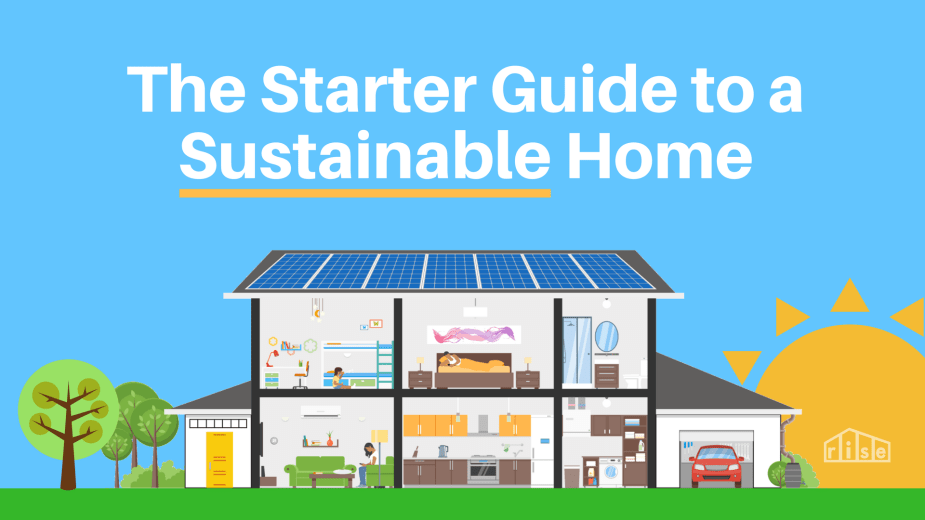Guide to Sustainable Living: Eco-Friendly Practices for Everyone
Introduction:
In today’s world, sustainable living has become imperative for preserving our planet and securing a better future for generations to come. By adopting eco-friendly practices in our daily lives, we can make a significant positive impact on the environment. This comprehensive guide provides practical tips and valuable insights to help everyone embrace sustainable living. From conserving energy to reducing waste and making conscious consumer choices, we’ll explore effective strategies that contribute to a greener and more sustainable lifestyle.
- Embrace Energy Efficiency:
One of the key pillars of sustainable living is conserving energy. Start by replacing traditional incandescent light bulbs with energy-efficient LED bulbs. Unplug electronic devices when not in use, as they continue to consume energy even in standby mode. Invest in energy-efficient appliances and consider using smart power strips to reduce phantom energy consumption. - Reduce Water Consumption:
Water is a precious resource, and conserving it is crucial for sustainable living. Fix any leaks in faucets, toilets, and pipes promptly. Install low-flow showerheads and faucets to reduce water usage during daily activities. Collect rainwater for watering plants and use a broom instead of a hose for outdoor cleaning tasks whenever possible. - Practice Waste Reduction:
Minimizing waste is a fundamental aspect of sustainable living. Start by adopting the “Three Rs” mantra: Reduce, Reuse, and Recycle. Reduce waste by choosing products with minimal packaging or opting for bulk purchases. Reuse items like shopping bags, containers, and furniture whenever possible. Recycle materials such as paper, plastic, glass, and metal to divert them from landfills.
- Opt for Sustainable Transportation:
Transportation contributes significantly to carbon emissions. Embrace eco-friendly transportation options whenever feasible. Walk or bike for short distances, use public transportation, or carpool with others to reduce your carbon footprint. If you need a vehicle, consider investing in a hybrid or electric car. Regular maintenance and proper tire inflation also improve fuel efficiency. - Make Sustainable Food Choices:
Your food choices can have a significant impact on the environment. Opt for locally sourced, organic, and seasonal produce whenever possible. Reduce meat consumption or choose plant-based alternatives, as the meat industry has a high environmental impact. Minimize food waste by planning meals, composting organic waste, and supporting local farmers’ markets. - Create a Sustainable Home:
Transform your home into an eco-friendly haven. Insulate your home properly to reduce energy consumption for heating and cooling. Install programmable thermostats and use natural ventilation when weather permits. Harness renewable energy sources like solar panels or wind turbines if feasible. Choose eco-friendly materials for home renovations and opt for sustainable furniture and decor. - Conserve Resources:
Conserve natural resources by being mindful of your consumption habits. Use eco-friendly cleaning products, which are less harmful to the environment. Switch to digital alternatives for bills, receipts, and documents to reduce paper consumption. Choose reusable items such as cloth bags, water bottles, and coffee cups instead of single-use disposables. - Support Sustainable Fashion:
The fashion industry has a significant environmental impact. Embrace sustainable fashion by opting for ethically produced and eco-friendly clothing brands. Choose high-quality garments that last longer and prioritize timeless styles over fast fashion trends. Donate or recycle unwanted clothes instead of throwing them away. - Educate Yourself and Spread Awareness:
Stay informed about environmental issues and sustainable living practices. Read books, follow reputable websites, and engage with environmental organizations. Educate your friends, family, and community about the importance of sustainable living and inspire them to adopt eco-friendly practices. - Foster a Sustainable Mindset:
Sustainable living goes beyond specific actions—it’s a mindset. Embrace conscious consumerism, prioritize experiences over material possessions, and seek meaningful connections with nature. Embrace a minimalist lifestyle, focus on quality rather than quantity, and value experiences that align with your sustainable values.
Conclusion:
Sustainable living is a collective responsibility that each of us can contribute to. By following this comprehensive guide, you can adopt eco-friendly practices and make a positive impact on the environment. Embrace energy efficiency, reduce water consumption, practice waste reduction, opt for sustainable transportation, make conscious food choices, create a sustainable home, conserve resources, support sustainable fashion, educate yourself and spread awareness, and foster a sustainable mindset. Together, we can create a greener and more sustainable future for ourselves and generations to come.


